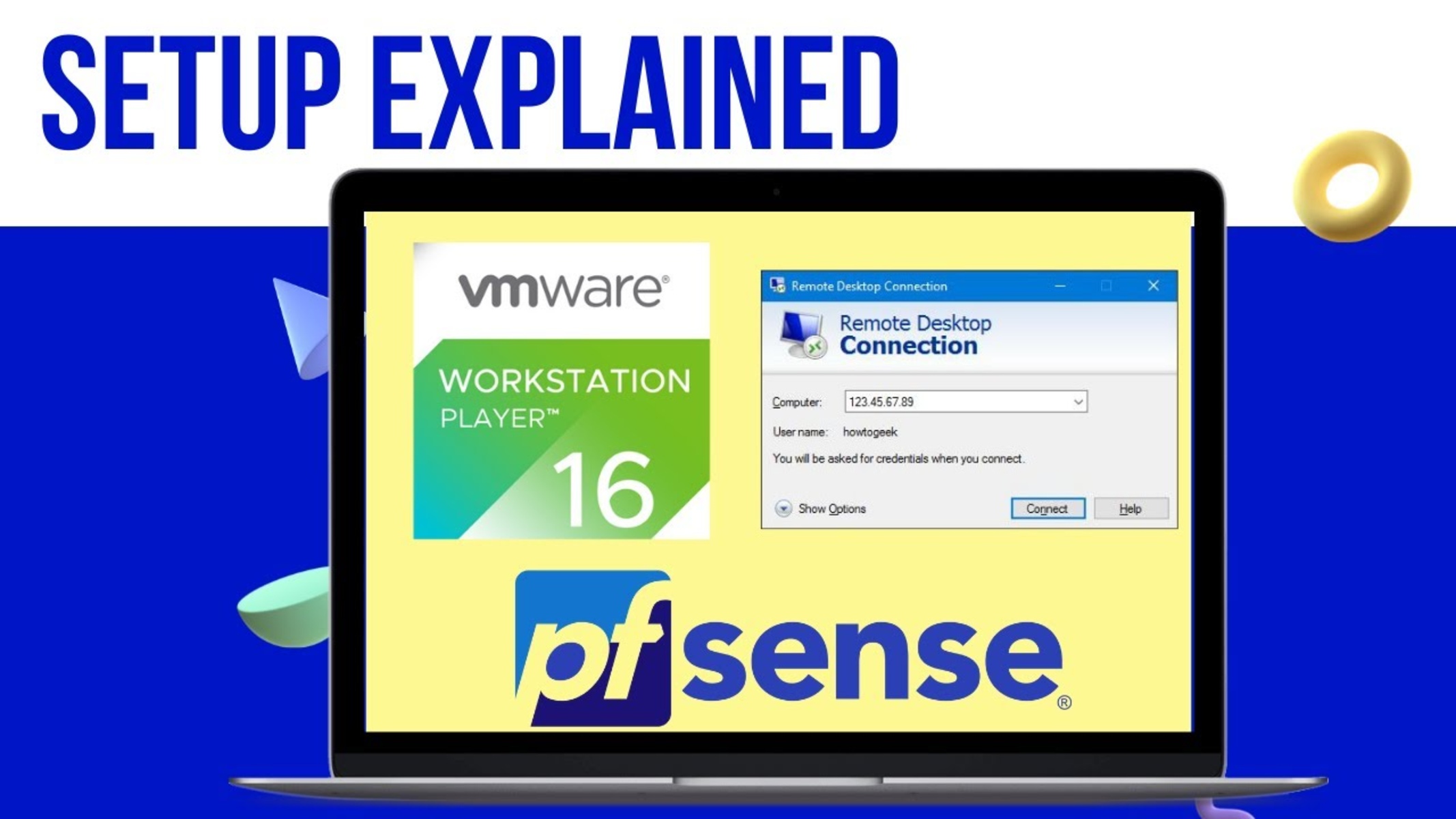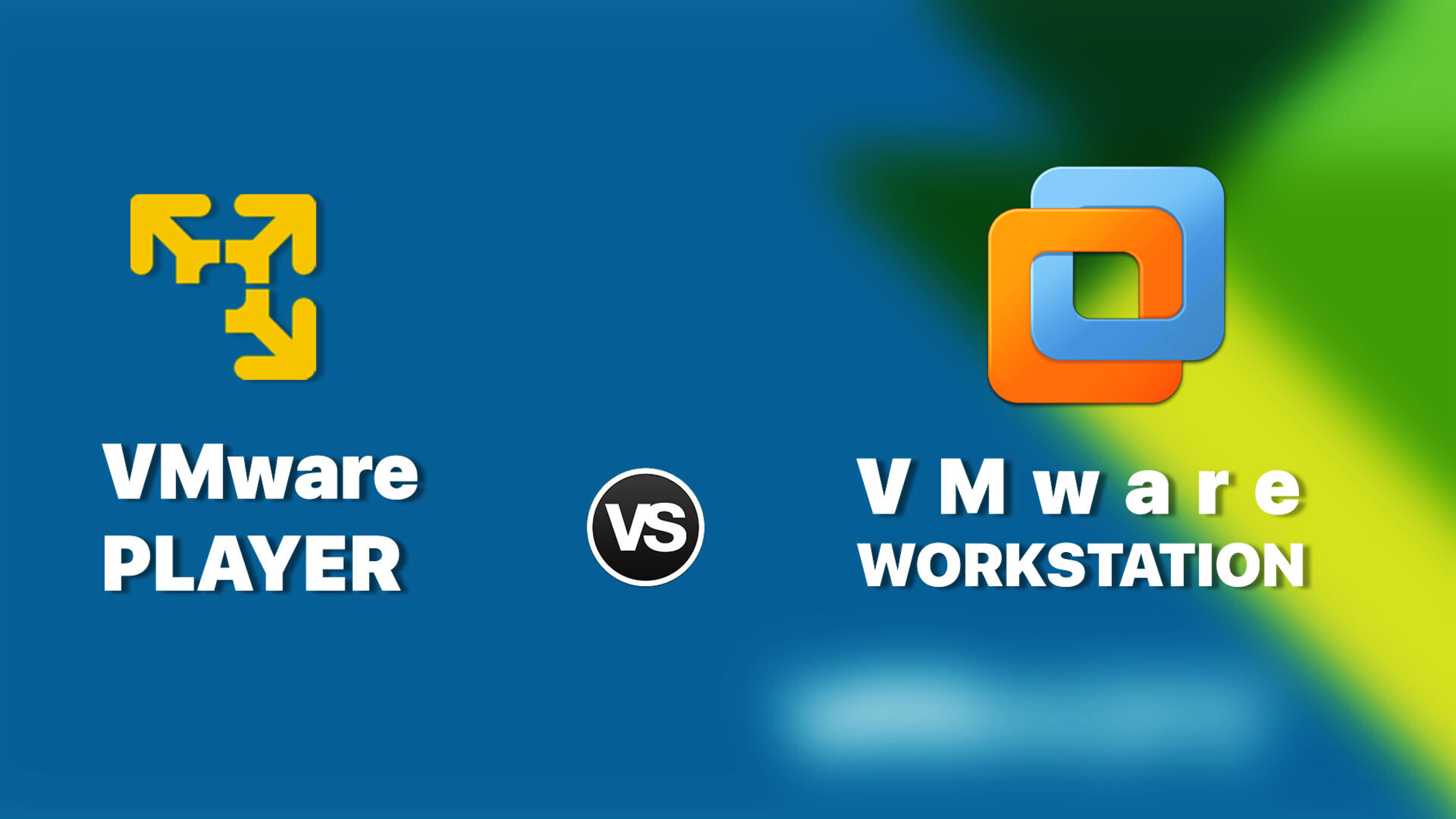Introduction
Welcome to the world of virtualization with VMware Workstation! Virtual machines are a powerful tool that allow users to create and run multiple operating systems on a single physical machine. One of the key benefits of using virtual machines is the ability to connect them together, enabling seamless communication and data transfer between the virtual environments. In this guide, we will walk you through the process of connecting two virtual machines in VMware Workstation.
Connecting two virtual machines can be incredibly useful in a variety of scenarios. Whether you need to simulate a network environment for testing purposes, set up a development environment, or create a multi-tiered application architecture, establishing a connection between virtual machines allows you to easily transfer files and data between them while replicating a real-world network environment.
Before we dive into the steps, it’s important to note that this guide assumes you already have VMware Workstation installed on your computer and have successfully created the virtual machines you wish to connect. If you haven’t done so, make sure to check out the VMware Workstation documentation or follow a separate guide for creating virtual machines in VMware Workstation.
Now let’s get started on connecting your virtual machines in VMware Workstation!
Prerequisites
Before we begin connecting two virtual machines in VMware Workstation, there are a few prerequisites you should have in place:
- Two Virtual Machines: Ensure that you have already created and powered on the two virtual machines that you want to connect. These virtual machines should be running in VMware Workstation.
- Network Settings: Make sure that both virtual machines are configured with network adapters. It is recommended to set the network adapters to Bridged mode, as this allows the virtual machines to directly access the network and communicate with each other.
- Administrative Access: Ensure that you have administrative access to the virtual machines. This will allow you to make the necessary network configuration changes.
- IP Address Information: Have a clear understanding of the IP address information for each virtual machine. You will need this information to specify the IP addresses when configuring the network settings.
- Firewall Configuration: Check the firewall settings on both virtual machines. If there are any firewalls enabled, make sure to allow incoming and outgoing connections for the desired network ports.
- VMware Tools: Install VMware Tools on both virtual machines. VMware Tools provides enhanced performance and functionality for the virtual machines, including better network connectivity.
Once you have these prerequisites in place, you are ready to proceed with connecting your virtual machines in VMware Workstation. It is important to have a solid understanding of these prerequisites to ensure a smooth and successful connection between the virtual machines.
Step 1: Configuring Network Settings
The first step in connecting two virtual machines in VMware Workstation is to configure the network settings for each virtual machine. Follow these steps to ensure the virtual machines are properly set up for communication:
- Open VMware Workstation: Launch VMware Workstation on your computer and ensure that both virtual machines are powered on.
- Select the Virtual Machine: From the VMware Workstation dashboard, select the first virtual machine that you want to connect.
- Go to Network Adapter Settings: Click on the “Edit virtual machine settings” option to open the settings window for the selected virtual machine. In the Hardware tab, select the “Network Adapter” option.
- Choose Bridged Mode: In the Network Adapter settings, choose the “Bridged” option from the Network connection dropdown menu. This configuration allows the virtual machine to directly access the network and communicate with other devices.
- Specify IP Address: In the Network Adapter settings, select the “Specify an IP address” option and enter the IP address, subnet mask, default gateway, and DNS server information for the virtual machine. Make sure to input the correct values based on your network configuration.
- Apply the Settings: Click “OK” to save the network adapter settings for the first virtual machine. Repeat these steps for the second virtual machine, ensuring that both virtual machines are configured with appropriate IP addresses and network settings.
Once the network settings are configured for both virtual machines, they are ready to be connected to each other. In the next step, we will establish the connection between the virtual machines to enable seamless communication.
Step 2: Connecting the Virtual Machines
Once the network settings are configured for both virtual machines, it’s time to connect them together in VMware Workstation. Follow these steps to establish the connection:
- Select the First Virtual Machine: From the VMware Workstation dashboard, select the first virtual machine that you want to connect.
- Go to Network Adapter Settings: Click on the “Edit virtual machine settings” option to open the settings window for the selected virtual machine. In the Hardware tab, select the “Network Adapter” option.
- Choose LAN Segment: In the Network Adapter settings, choose the “LAN Segment” option from the Network connection dropdown menu. This configuration allows the virtual machine to connect to other virtual machines using the same LAN segment.
- Apply the Settings: Click “OK” to save the network adapter settings for the first virtual machine.
- Repeat the Steps: Repeat steps 1-4 for the second virtual machine, ensuring that both virtual machines are configured with the LAN segment option.
- Power on the Virtual Machines: Start both virtual machines to activate the network settings and establish the connection.
- Verify the Connection: To verify that the virtual machines are successfully connected, you can check the network connectivity by pinging the IP address of each virtual machine from the other. If the pings are successful, it means that the connection is established.
Once the virtual machines are connected, you can now transfer files, share resources, and communicate between them as if they were on the same network. This connection opens up a world of possibilities for testing, development, and multi-environment setups.
Step 3: Testing the Connection
After connecting the virtual machines in VMware Workstation, it is essential to test the connection to ensure that they can communicate with each other without any issues. Follow these steps to test the connection:
- Open the Command Prompt: On one of the virtual machines, open the Command Prompt or Terminal window.
- Ping the IP Address: In the Command Prompt, type the command “ping [IP address of the other virtual machine]” and press Enter. This will send a ping request to the other virtual machine to check if it responds.
- Check the Ping Results: The ping results will be displayed in the Command Prompt. If you receive a response from the other virtual machine, it means that the connection is successful.
- Repeat the Test: Repeat steps 1-3 on the other virtual machine to verify the bidirectional communication. Make sure to ping the IP address of the first virtual machine.
If the ping results are successful in both directions, congratulations! You have successfully connected and tested the communication between the virtual machines in VMware Workstation.
With the connection established, you can now proceed with your testing, development, or any other tasks that require communication between the virtual machines. Enjoy the flexibility and advantages of having a connected virtual environment.
Conclusion
Congratulations on successfully connecting two virtual machines in VMware Workstation! By following the steps outlined in this guide, you have established a connection that allows seamless communication between the virtual environments. This connection opens up a plethora of opportunities for testing, development, and creating complex network setups.
Through the configuration of network settings and the establishment of a connection using LAN segments, you can now transfer files, share resources, and communicate between the virtual machines as if they were on the same network. This capability will prove invaluable in scenarios such as simulating network environments, setting up development environments, and creating multi-tiered application architectures.
Remember to verify the connection by testing the communication using the ping command. This allows you to ensure that the virtual machines can successfully communicate with each other in both directions.
Now that you have successfully connected the virtual machines, make the most of this powerful feature in VMware Workstation. Explore the various possibilities that a connected virtual environment offers and leverage it to enhance your workflow and productivity.
Thank you for following this guide. We hope you found it informative and helpful. Happy virtualization!

























